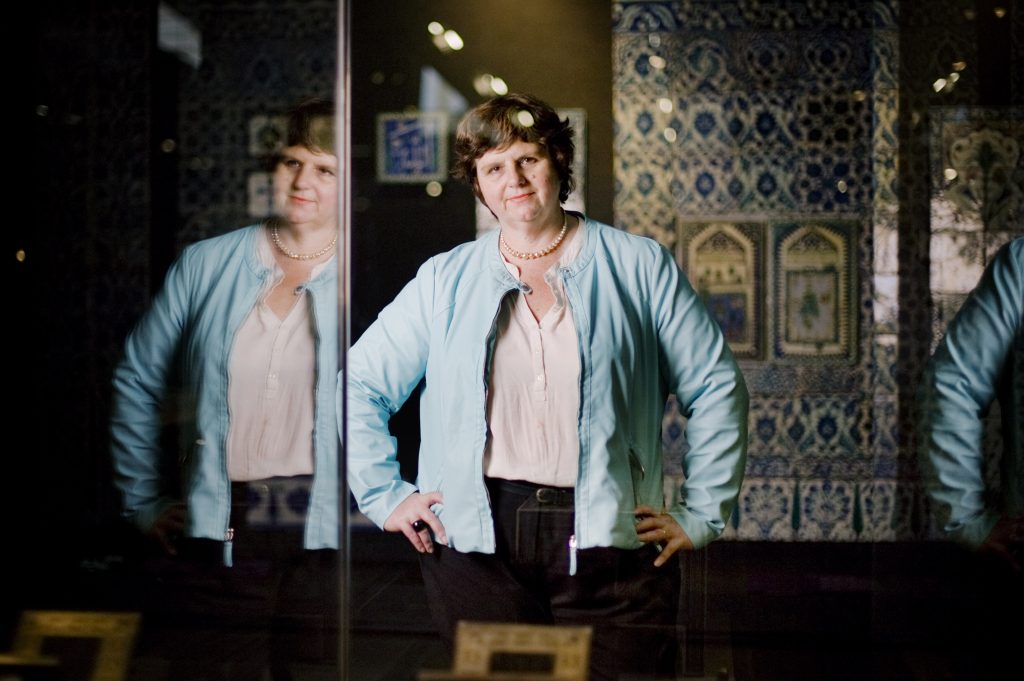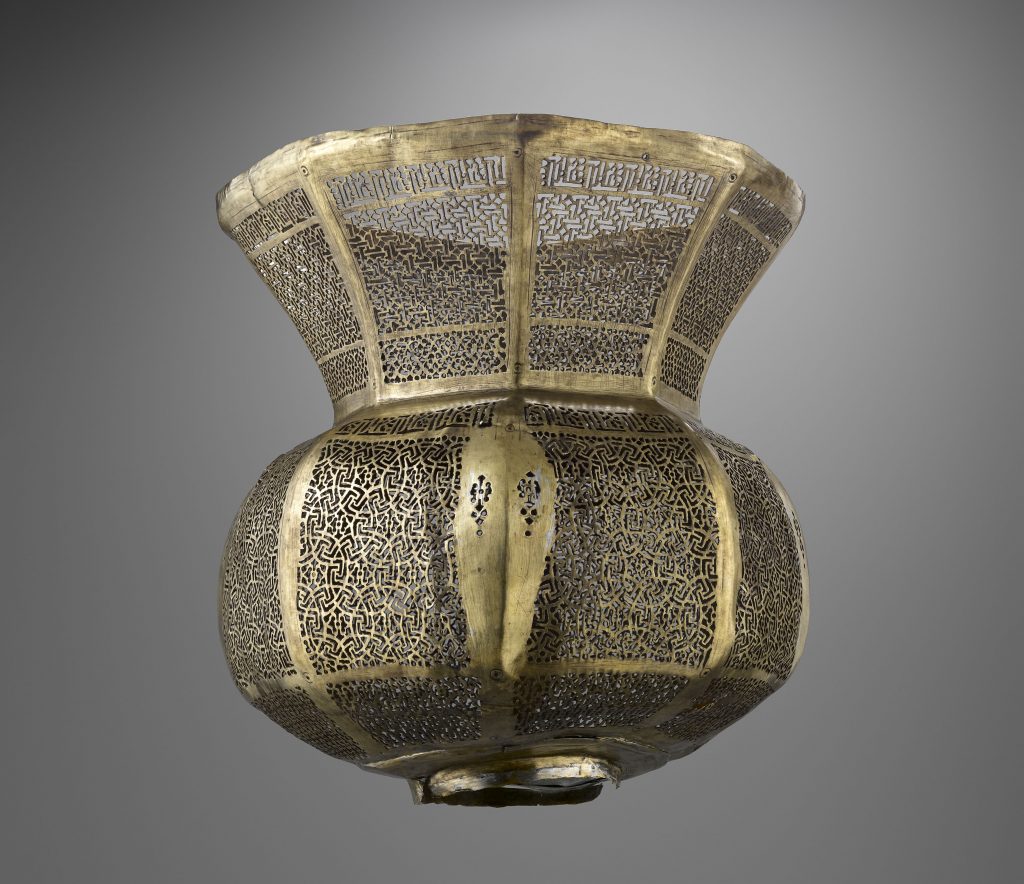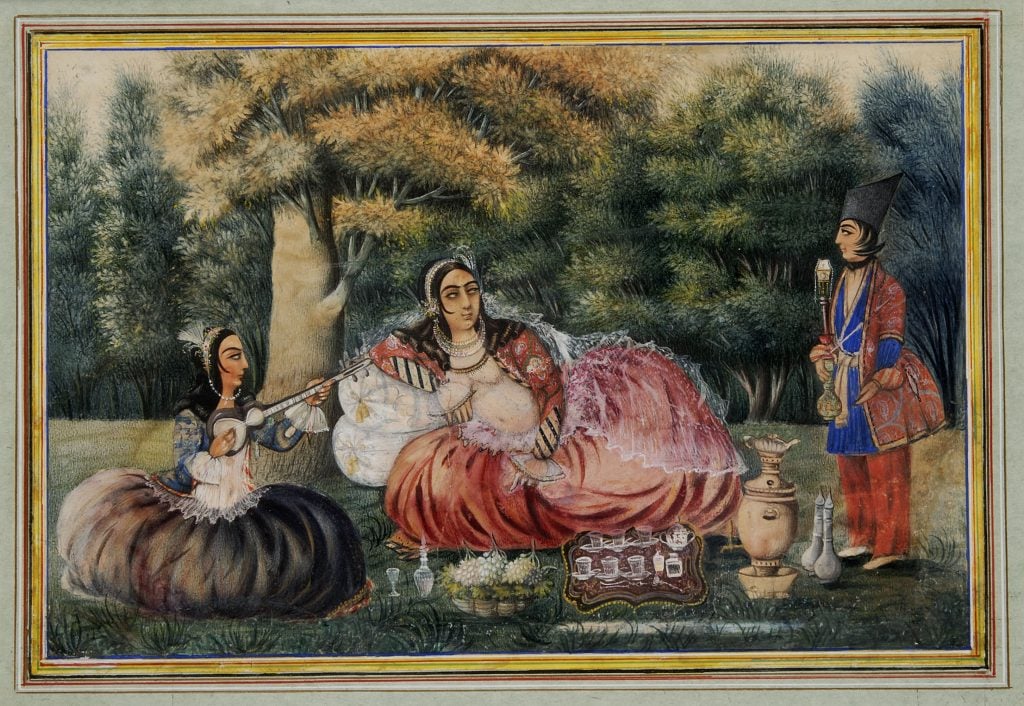Art & Exhibitions
To Combat a Rising Tide of Islamophobia in France, the Government Has Organized 18 Islamic Art Exhibitions Nationwide
The Louvre is leading the way on the plan, sending 60 masterworks on loan to cities around the country.

The Louvre is leading the way on the plan, sending 60 masterworks on loan to cities around the country.

Naomi Rea

Turning to the unifying power of art, the French government is rolling out a cluster of simultaneous exhibitions about Islamic art and culture as part of a wider effort to combat a rise in Islamophobic sentiment within the country. The exhibitions, which opened in 18 French cities this week and will run for four months, aim to showcase the diversity of Islamic culture.
Titled “Islamic Arts: A Past for a Present,” the government initiative is being organized by the Réunion des Musées Nationaux-Grand Palais, and led by the head of the Louvre’s Islamic art department, Yannick Lintz. Some 210 works borrowed from national and regional museums are on view, including 60 masterpieces loaned from the Louvre.
“Curating Islamic art today means also dealing with Islamism, and Islamophobia,” Lintz told Artnet News. “It’s not just a French problem, but it’s a reality for every curator and director of Islamic art now in museums.”
Lintz added that after the September 11 attacks in New York, the recent terrorist attacks in France, and the war unfolding in Syria, the word Islam often conjures up associations with violence and terrorism. “I think that it’s important, as curators specialized in Islamic civilization and Islamic art, to give another message about what is the historical reality of Islam, through 13 centuries of art, civilization, and intellectual life.”

Mosque lamp, Syria or Palestine 11th century. Inscription : “il n’y a de dieu que Dieu.” (The only god is God). ©RMN–Grand Palais (musée du Louvre) / Jean – Gilles Berizzi.
Among the stated aims of the exhibitions is to dismantle some presumptions and clichés about Islamic culture and to showcase cultural and religious diversity in the Islamic world, demonstrating that Islamic culture goes beyond the religious, is more varied than the Arab civilization, and also includes figurative art and images of people, including some depictions of the Prophet Muhammad.
This latter topic is a particularly knotty issue in France, following the 2015 shootings at the headquarters of satirical magazine Charlie Hebdo which published cartoons depicting the prophet, and the more recent beheading of a French schoolteacher who showed images of Muhammad during a class on freedom of speech.
French president Emmanuel Macron, who is up for re-election next April, first suggested the idea for the exhibitions in a speech last October, when he stressed that the government must encourage “another view” of Islamic culture rather than the prevailing “factionalism of radical Islam.” In his re-election bid, Macron will be going up against not only the far-right National Front’s Marine Le Pen, but also far-right political columnist and TV presenter Éric Zemmour, who has been convicted of inciting racial hatred against Muslims.

Portrait of Mahd-e Ulya, mother of Nasir Al Din Shah. Iran 1850–1860. ©Musée du Louvre, Dist. RMN–Grand Palais / Claire Tabbagh / Collections Numérique.
“Of course our project is not to provoke a negative reaction. We don’t do politics. We are not on social media. We are museums. We deal with masterpieces of art history and we show them as they are,” Lintz said. “We have not decided what is forbidden or not. These objects are sort of the ambassadors of history, of reality, of truth. These art pieces show that, at any time, in any region in the Islamic world, we could represent the prophet. And when we hear today that it’s forbidden, it’s just the ideas of some people, from some countries. It’s not a historical reality of Islamic civilization.”
Works coming from the Louvre include religious objects, such as an 11th-century lamp from a Jerusalem mosque, and a chandelier recounting the life of Jesus from the 12th century Saladin era by an artist from Mosul. The shows also include luxurious objects with precious stones coming from India that belonged to French King Louis XIV, and exceptional Iranian carpets from the 17th century.

Sa’adeg Raeda, Vacuum (2007). 49 Nord–6 Est–FRAC Lorraine © R. Sa’adeh.
There will also be a contemporary element to the exhibitions, with work by 19 artists from countries throughout the Islamic world, reflecting the relationship between their heritage and today’s society. This includes a video work by Palestinian artist Raeda Saadeh, showing her running a vacuum cleaner on a desert mountain located between Jericho and the Dead Sea, and Kurdish artist Hiwa K’s One Room Apartment on loan from FRAC Normandie, as well as an installation of a nomadic tent by Turkish-French artist Nil Yalter.
Including contemporary art was important for the curator because the exhibitions are aimed mainly at young people. “It’s important to tell them this civilization is not only a golden age of the past, that it is a history covering 13 centuries without interruption, between the past and today,” Lintz said. “Some artists are internationally very well-known, and through their work they are also ambassadors, saying… even if this heritage today can be violent for some people, can be difficult, can mean many negative things, art can be a way to be positive and proud of it.” Lintz added that visitors had so far reacted positively to the shows.
“Islamic Arts: A Past for a Present” is on view through March 27, 2022, at various spaces in Angoulême, Blois, Clermont-Ferrand, Dijon, Figeac, Reunion, Limoges, Mantes-la-Jolie, Marseille, Nancy, Nantes , Narbonne, Rennes, Rillieux-la-Pape (Rhône), Rouen, Saint-Denis, Toulouse and Tourcoing.